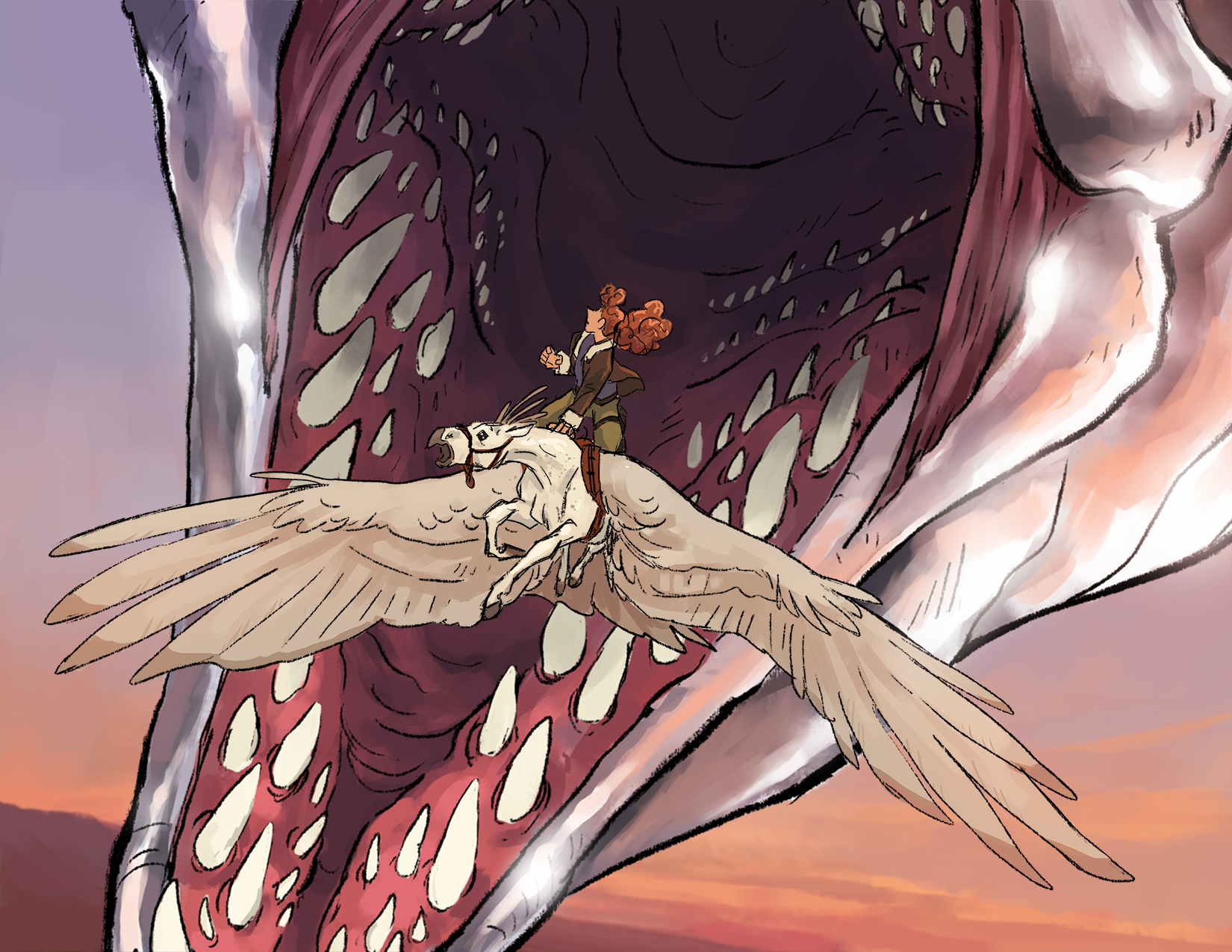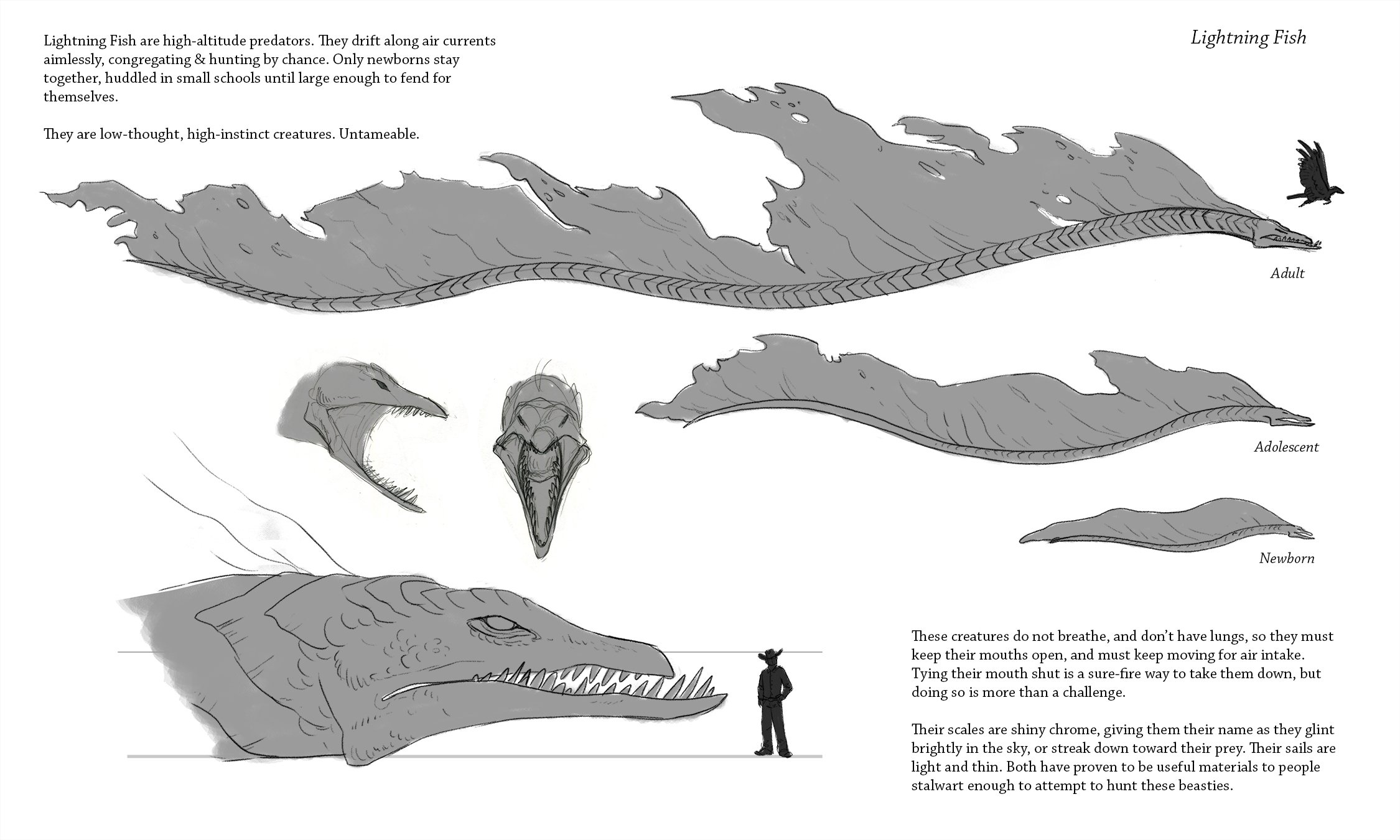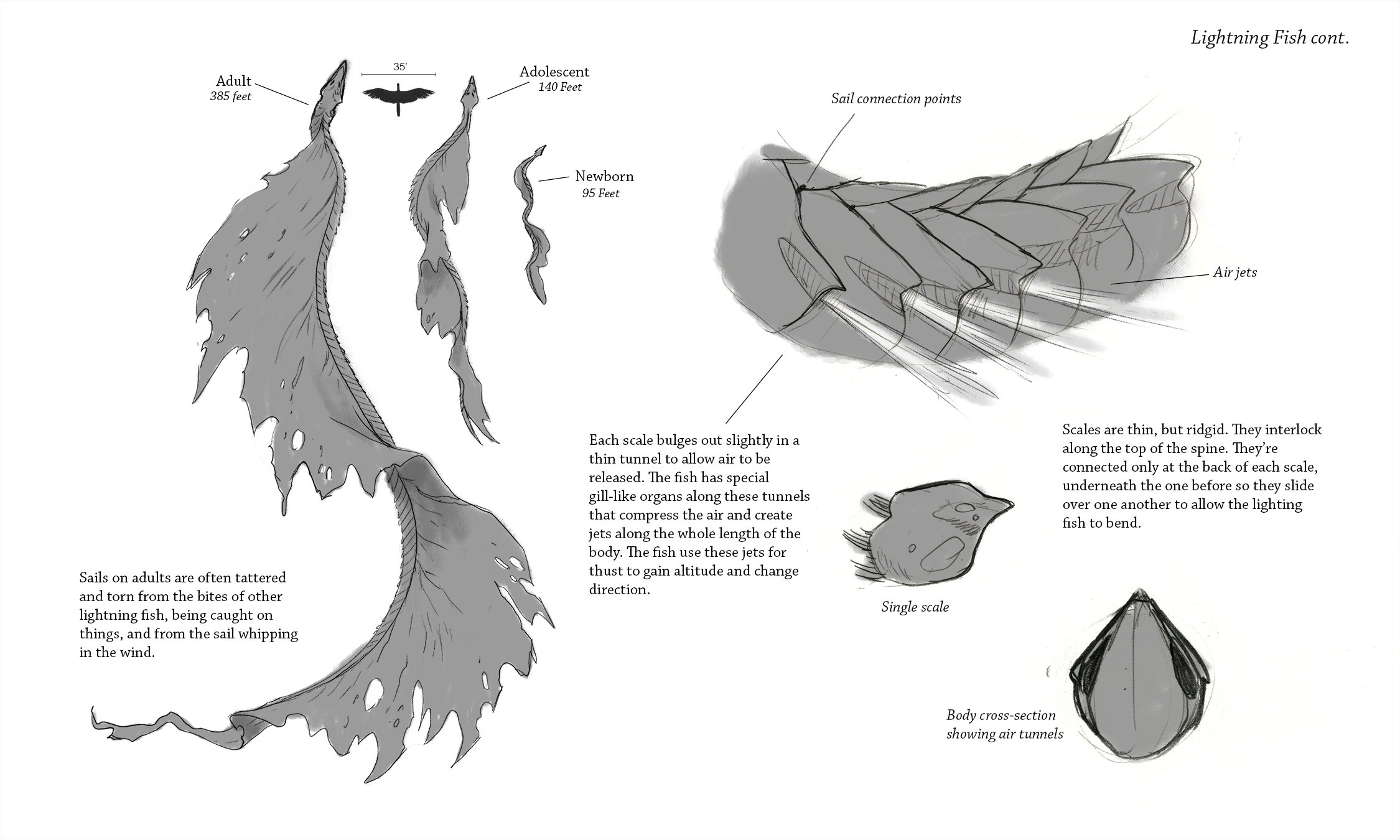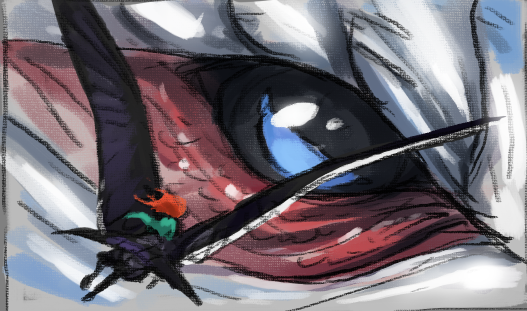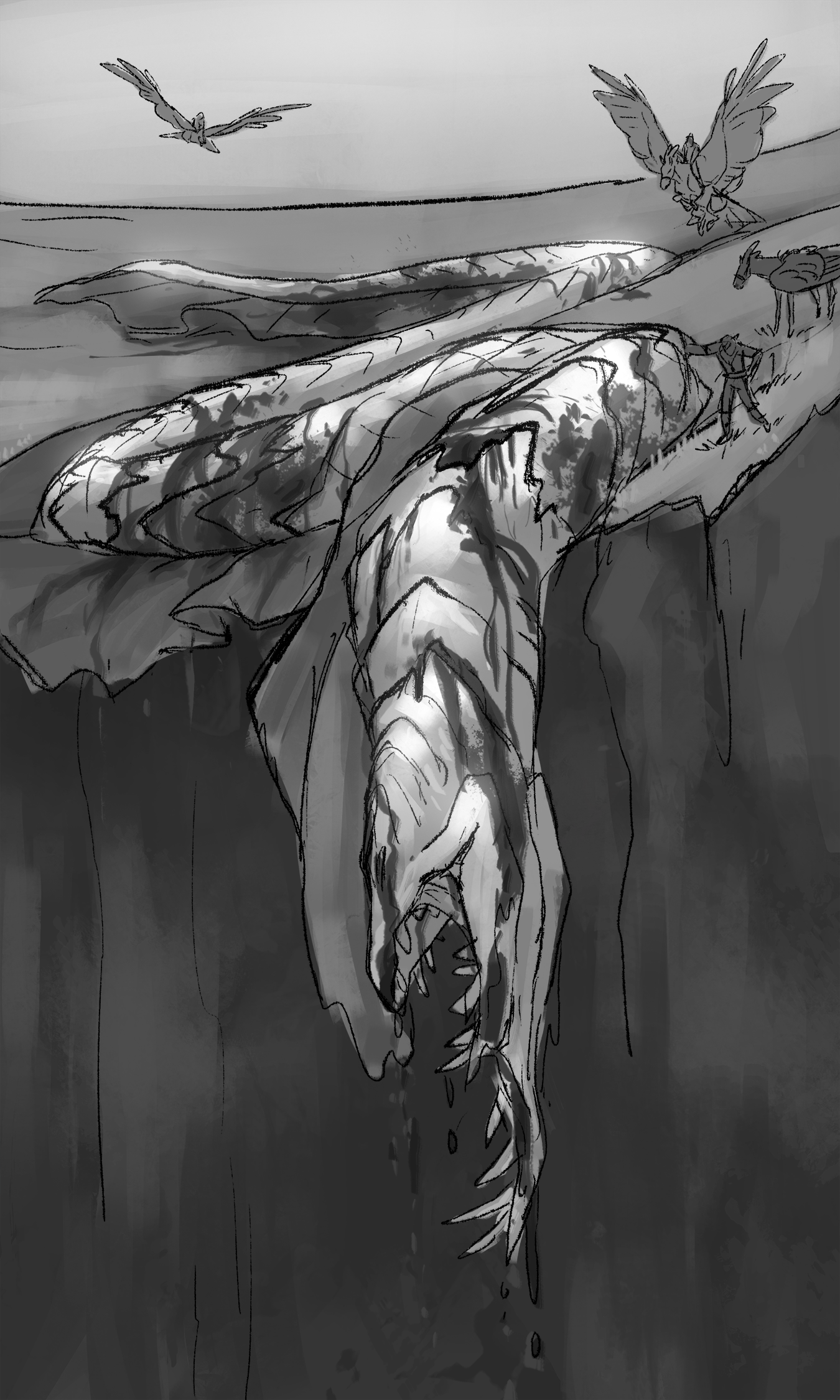
Pegasi are split into three classes - broadwings, longwings, and shortwings.
These classes are based on wing shape and size. The broadwing pegasus is the workhorse of the world—most pilots fly these. They have wings similar to eagles. Found all over the world, they’re sturdy, reliable, and robust. Longwings have long seabird wings and are famous for their ability to withstand extremes. Whether it’s the desert heat, the arctic chill, or weeks on end soaring over the oceans, longwings are perfect for any pilot who needs to travel great distances at a quick pace without breaking a sweat. The shortwing pegasus has songbird-shaped wings and is the draft horse of the world. They’re flightless unless aided by intense winds over short distances. They’re steady, slow, and often flashy with colorful plumage.
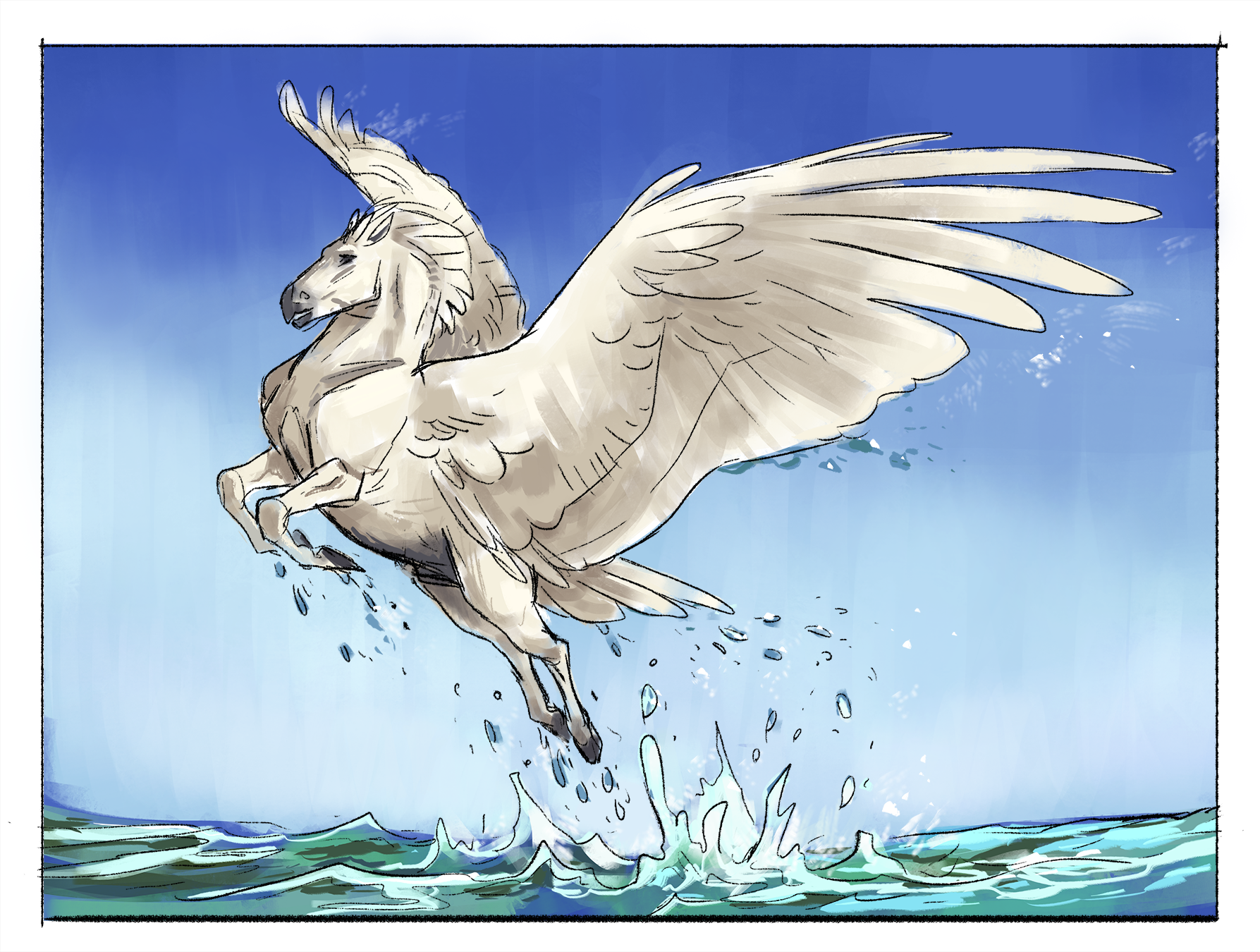
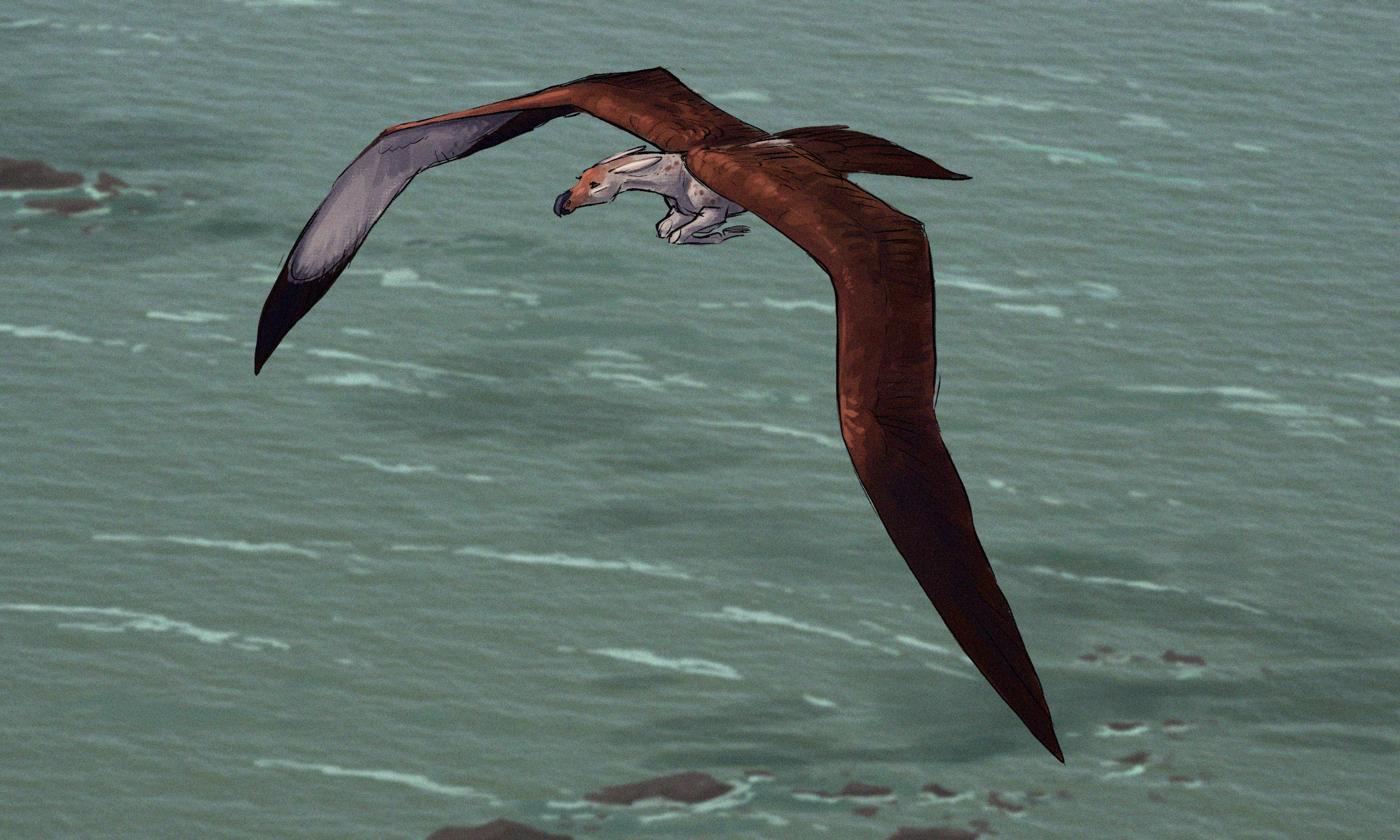
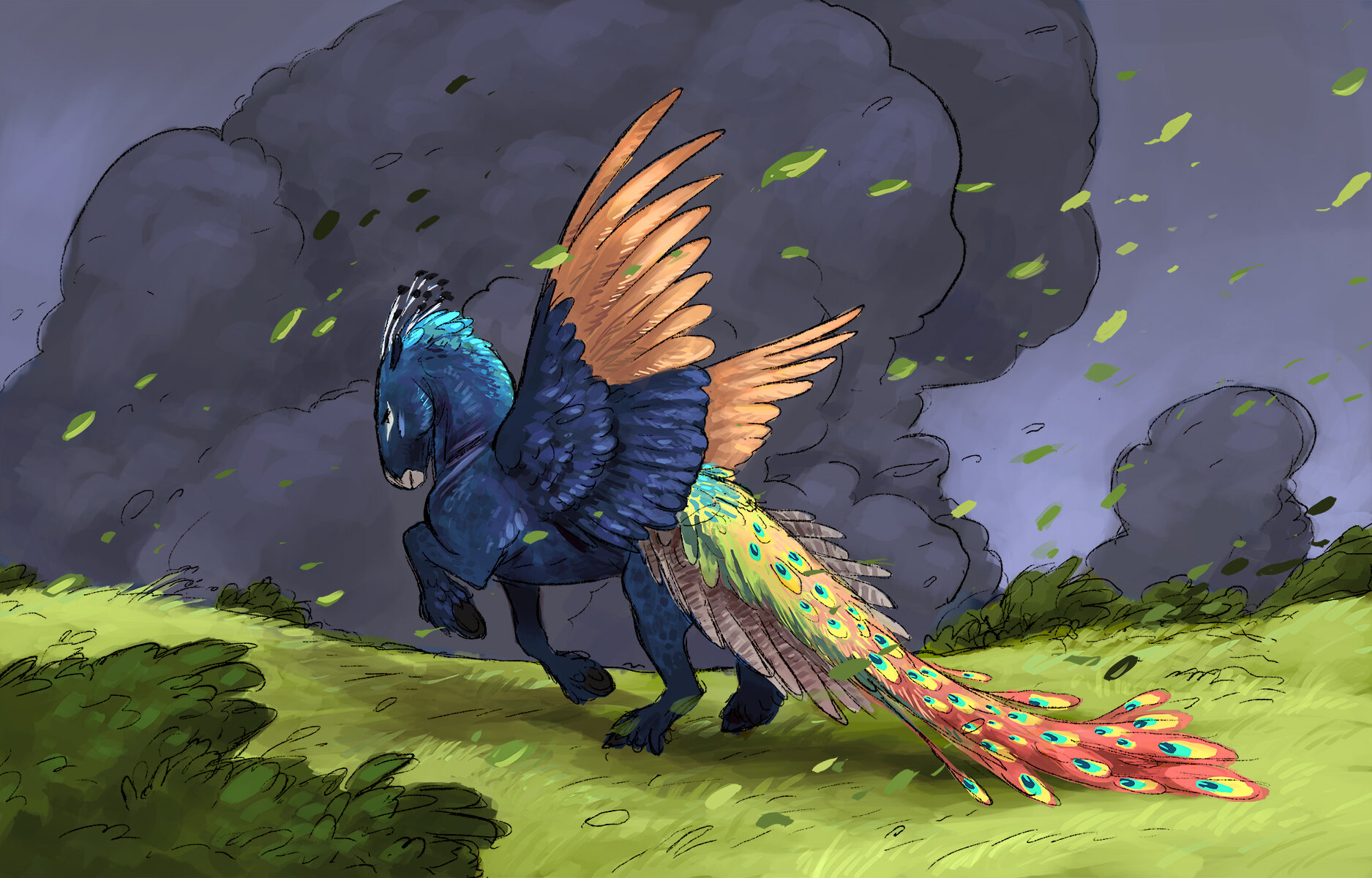
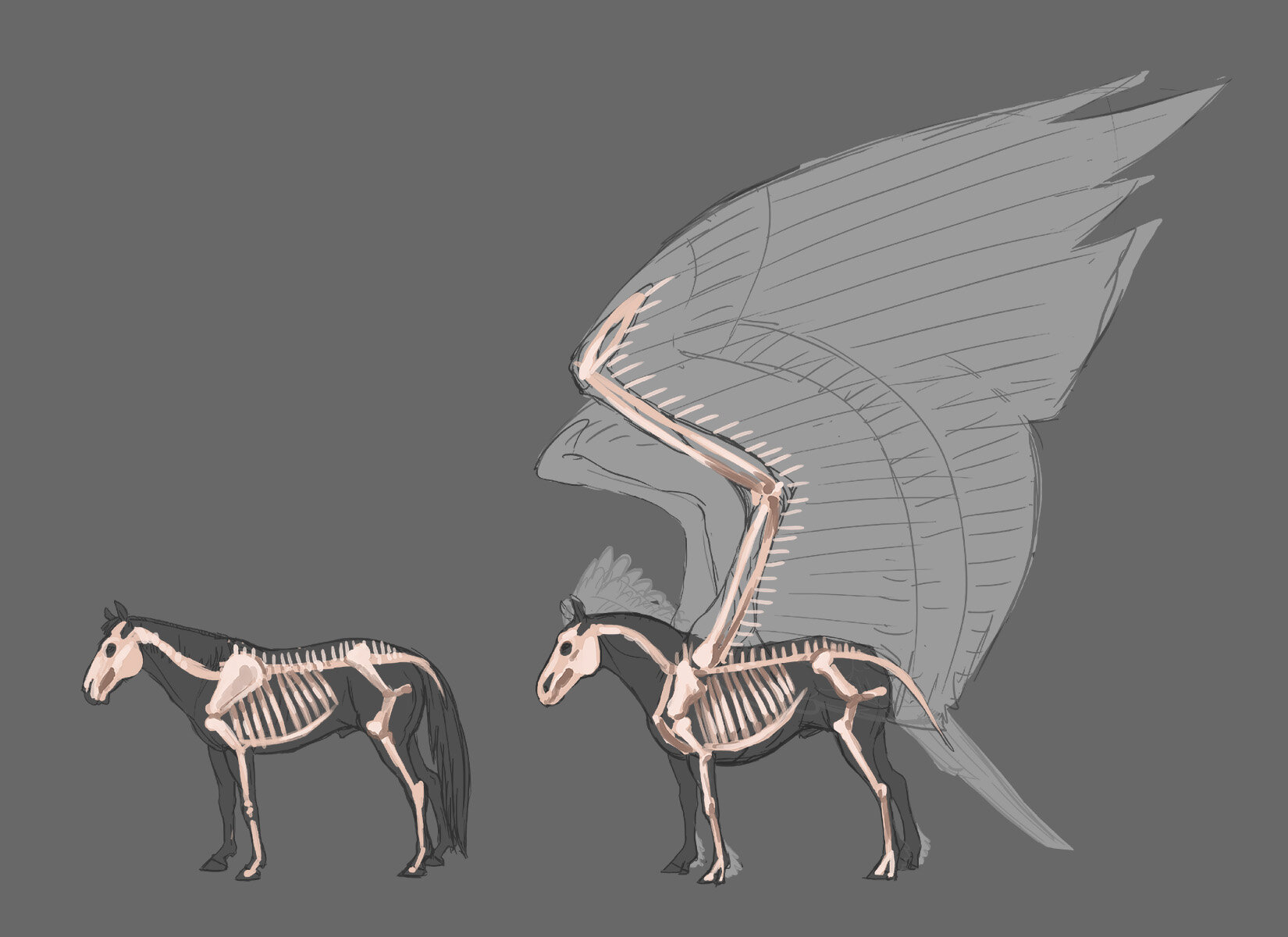
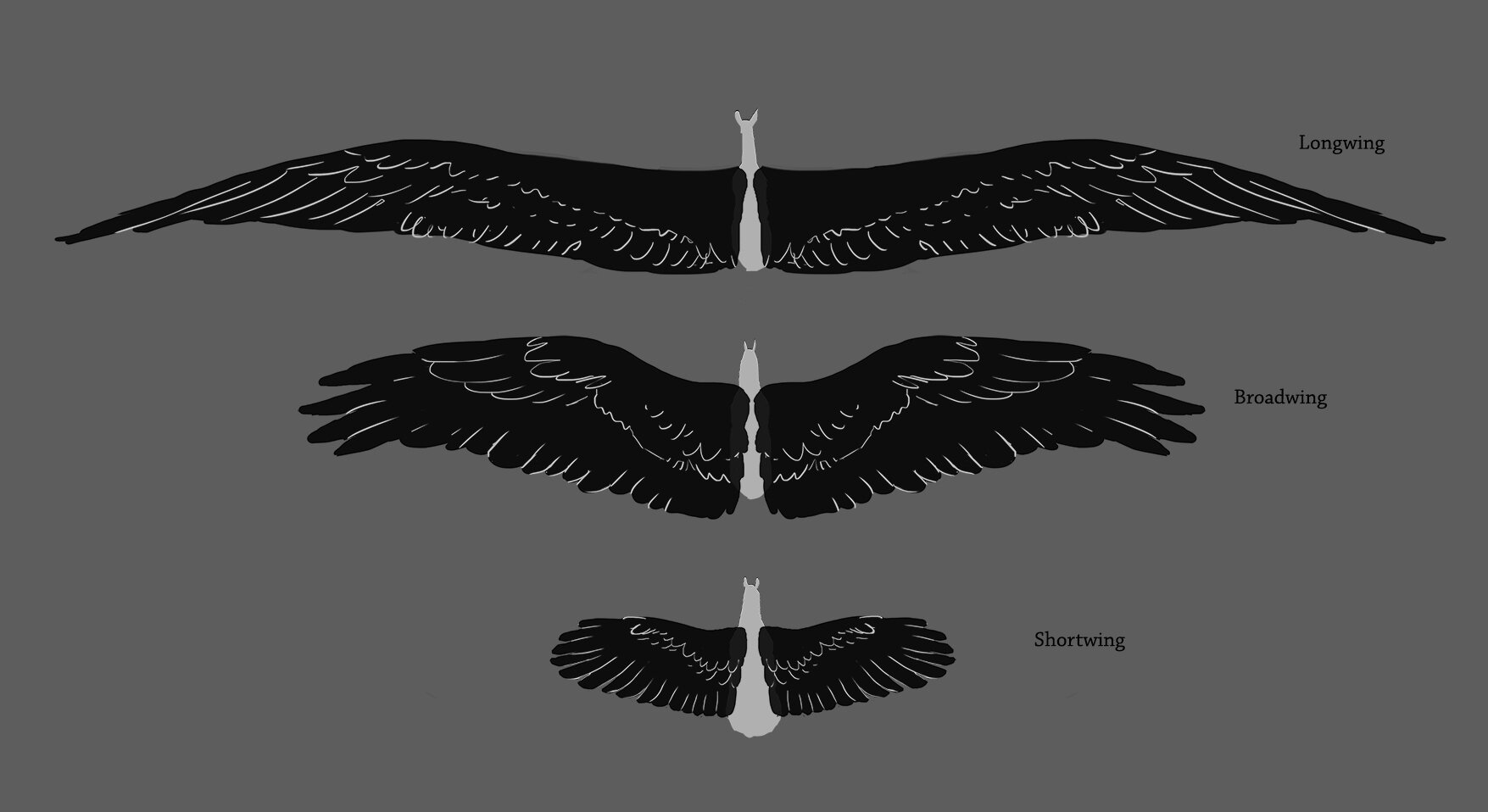
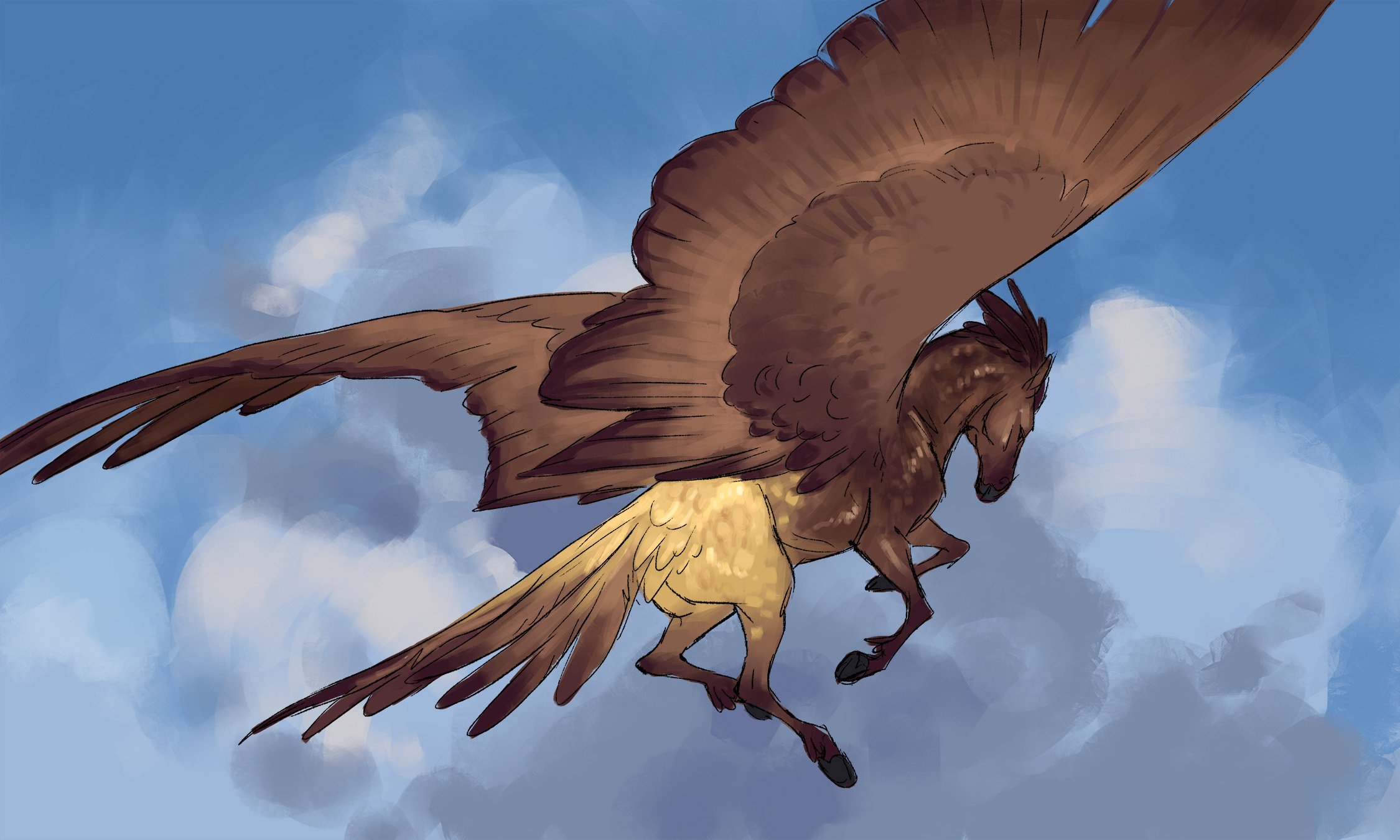
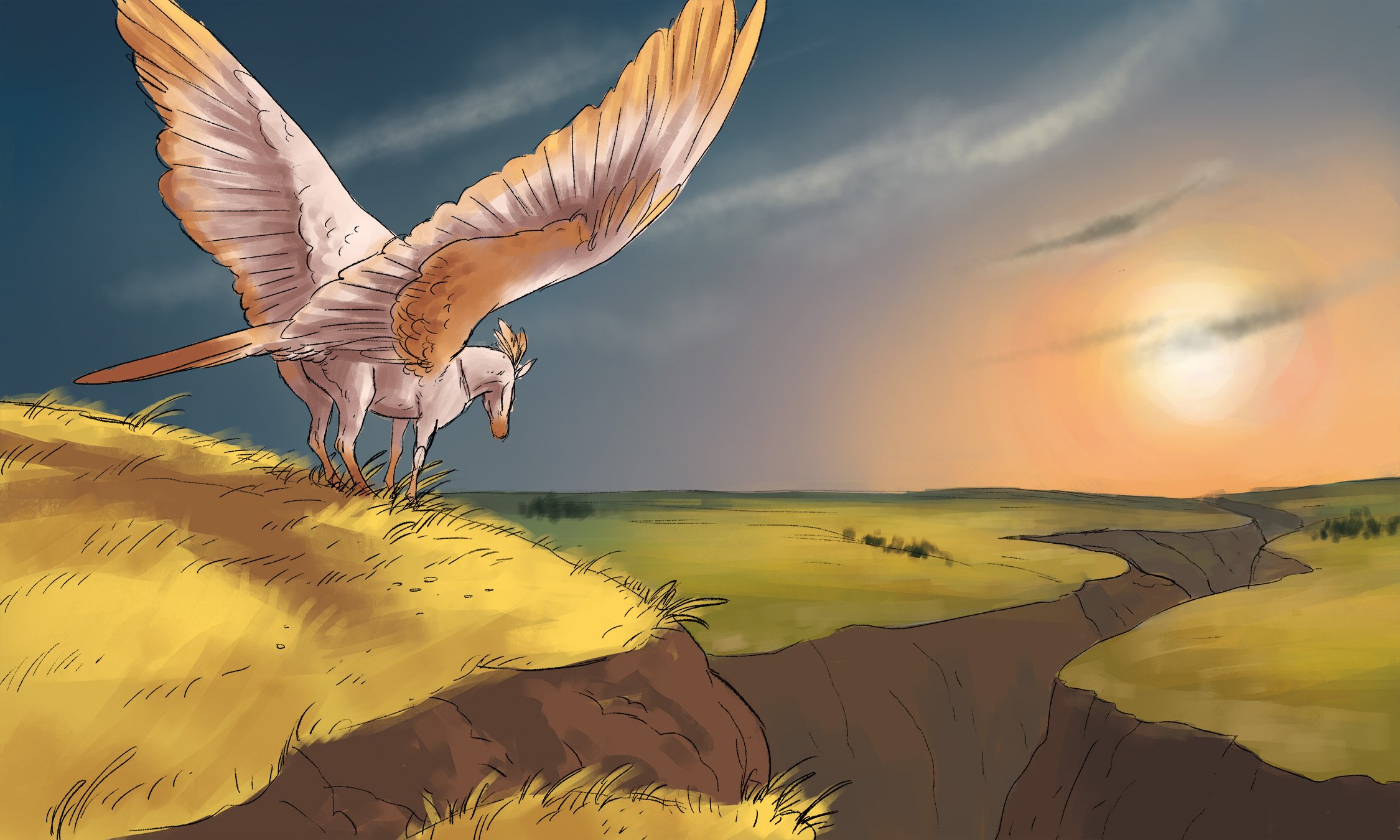
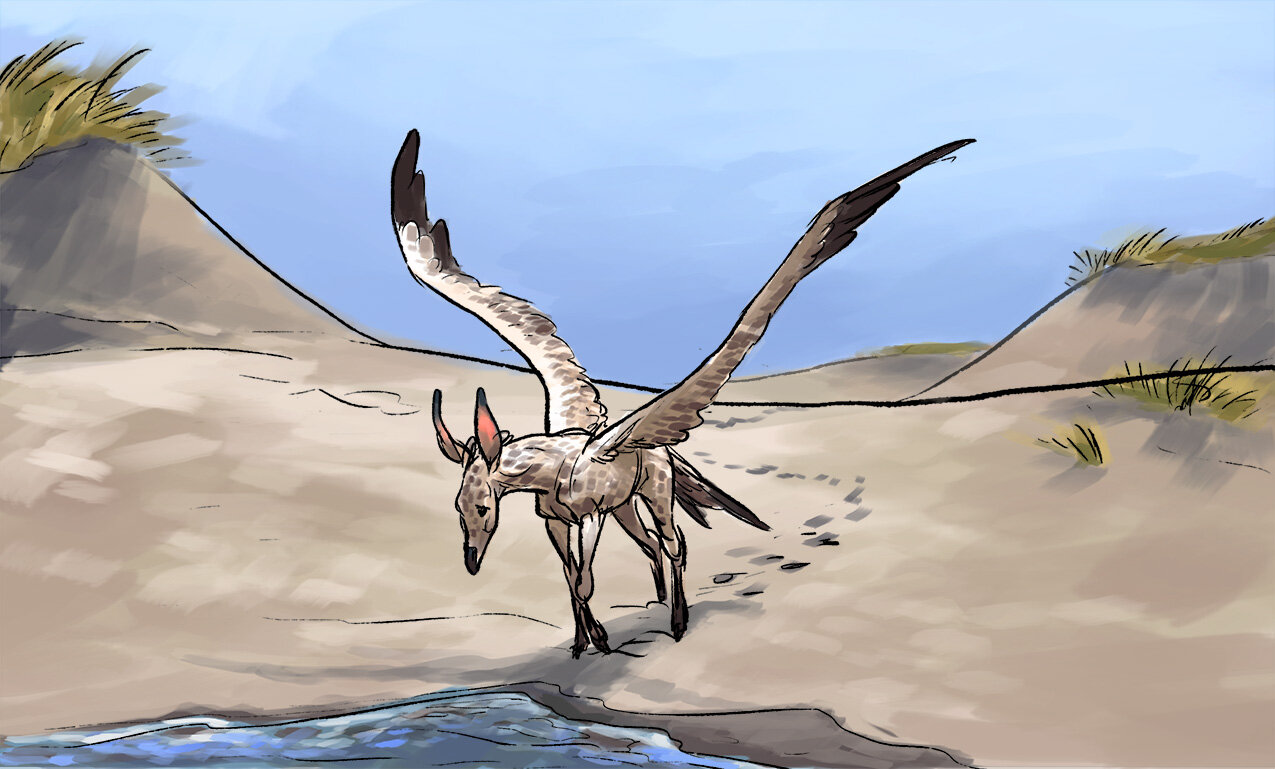
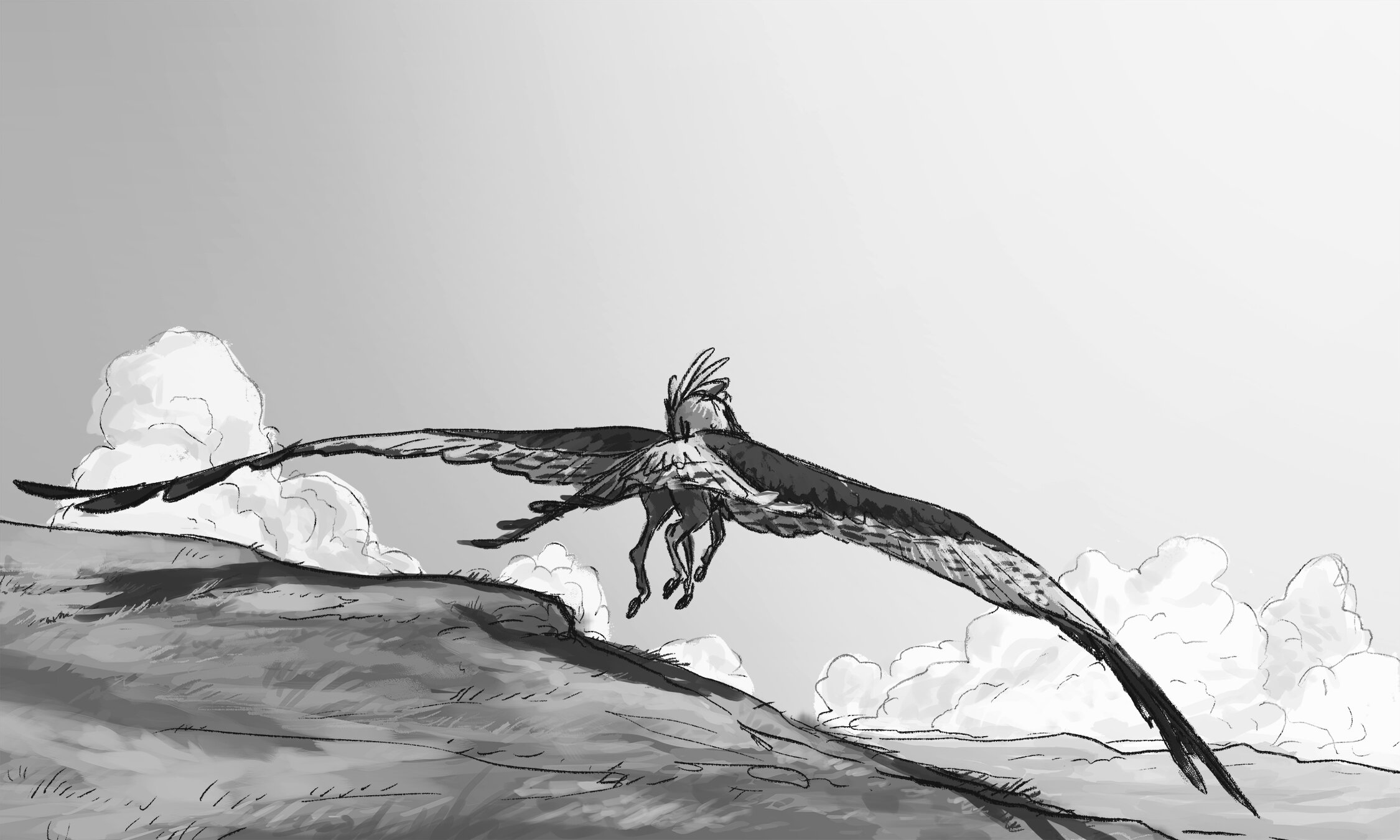
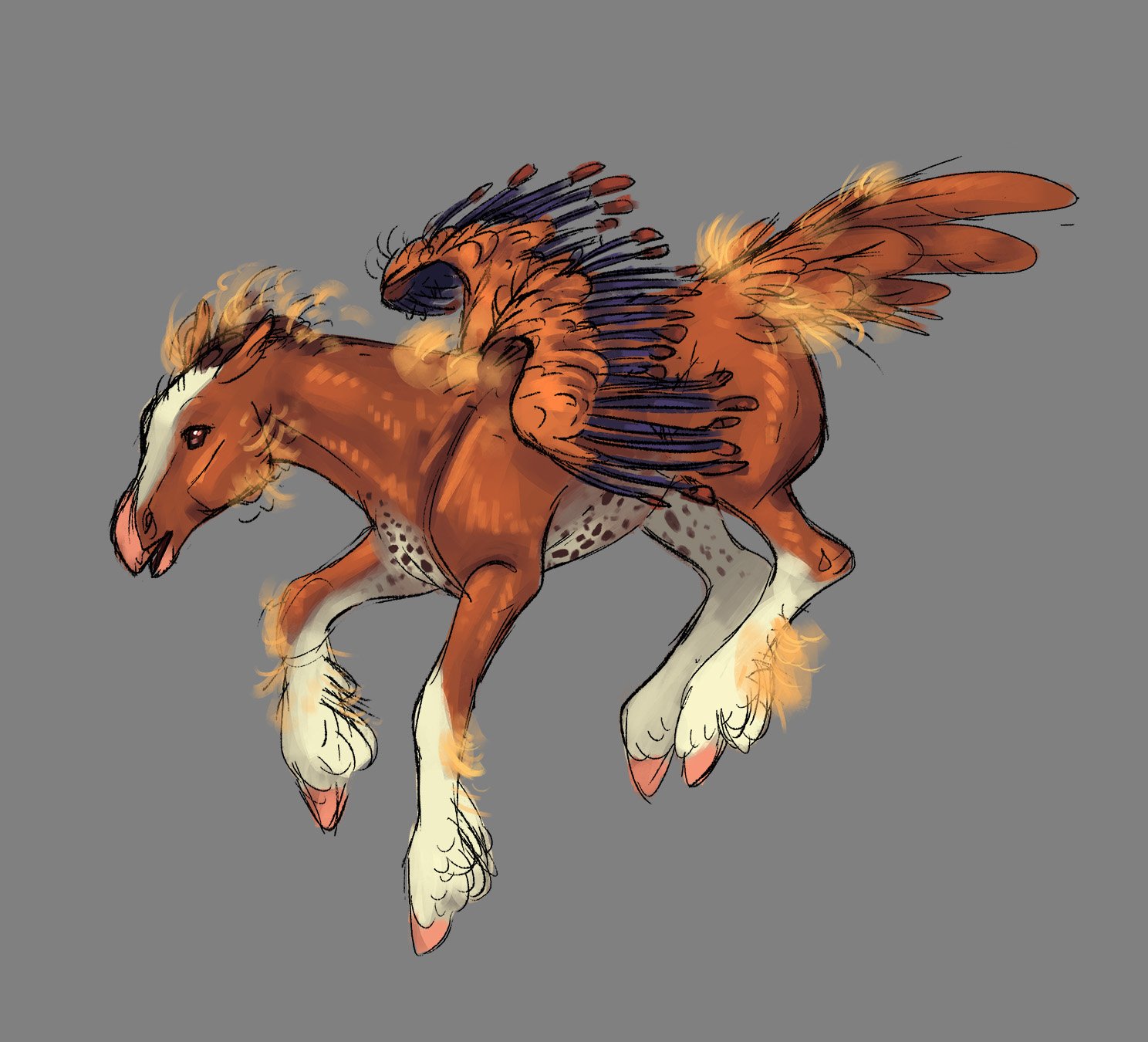

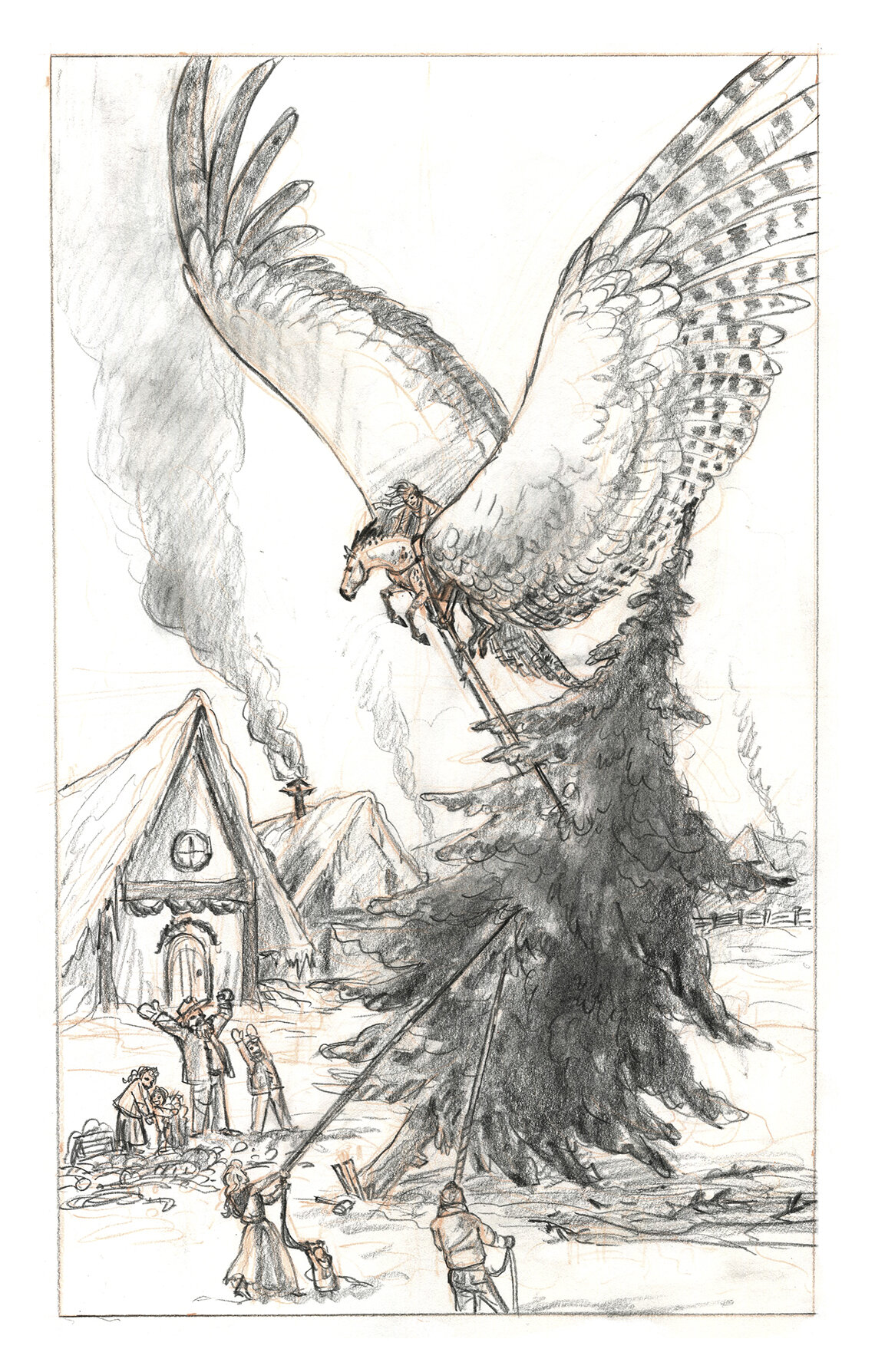
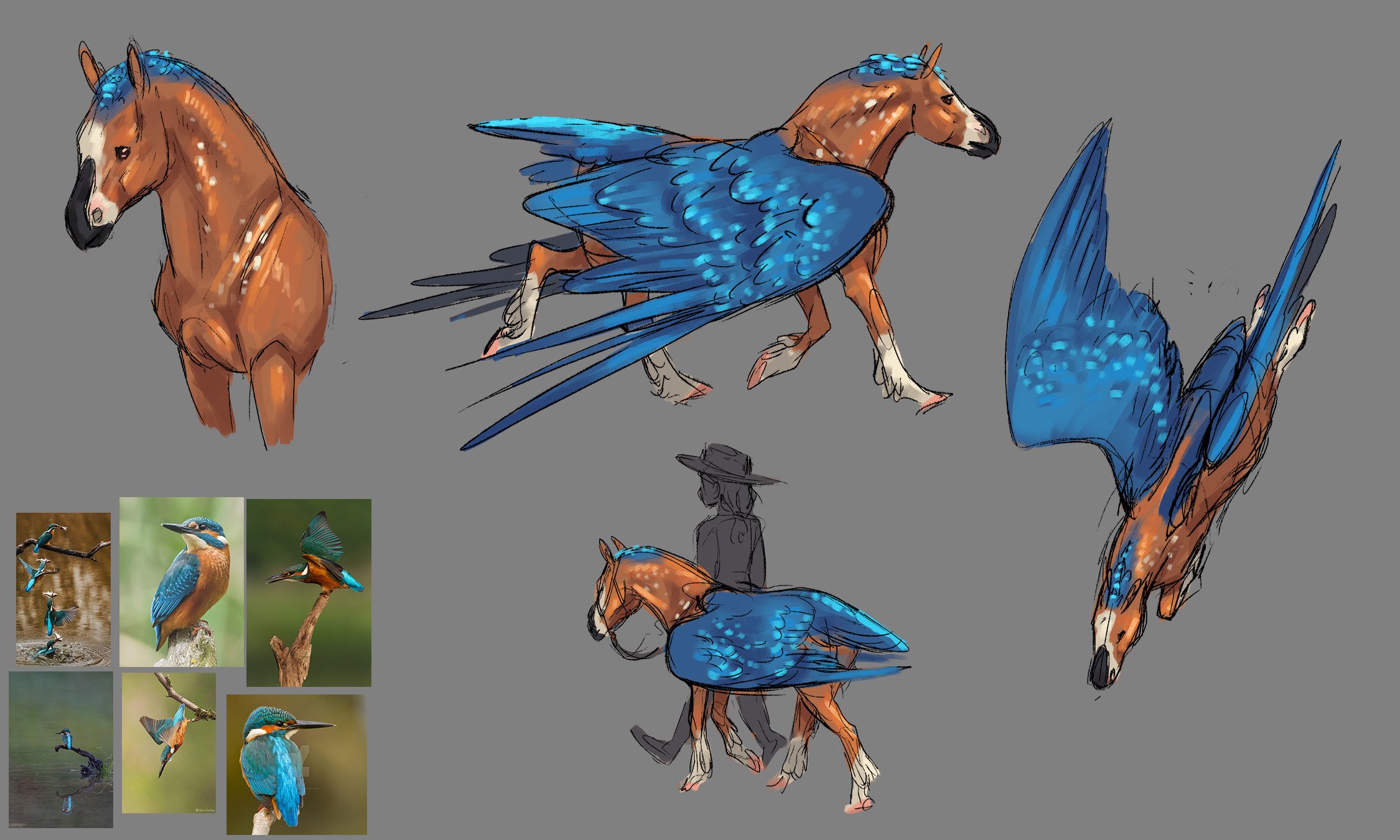
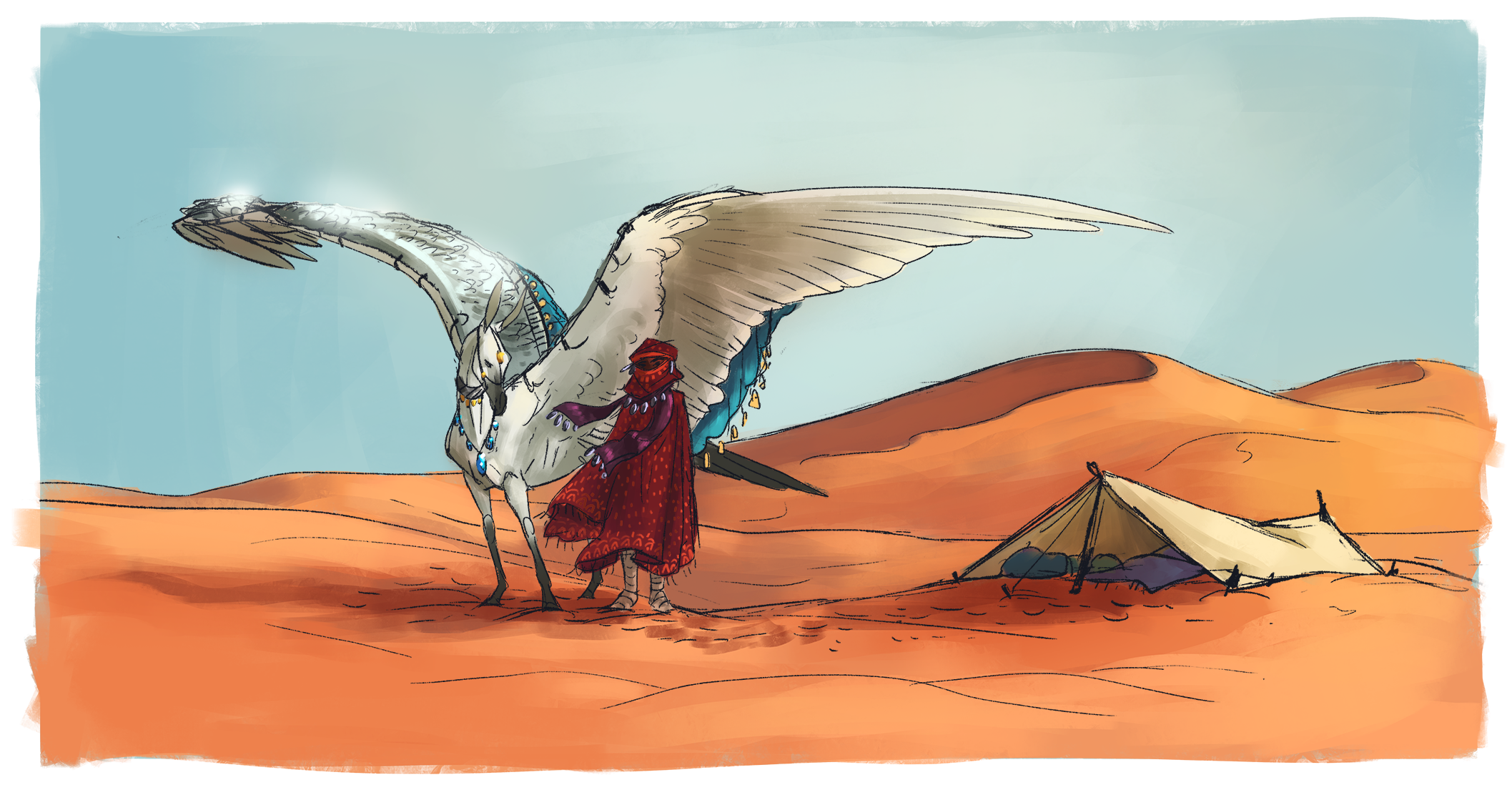
Nymbak are antelope-like creatures.
These antelope-like creatures are raised for their wool. Nymbak gather in swarms with rams protecting a larger queen. Pilots are hired to capture the swarm’s queen, but must contend with the rams. They may be smaller, but they have armored heads used for diving and bashing aerial threats. Nymbak fleece is shorn seasonally and processed for all sorts of fiber-crafts.
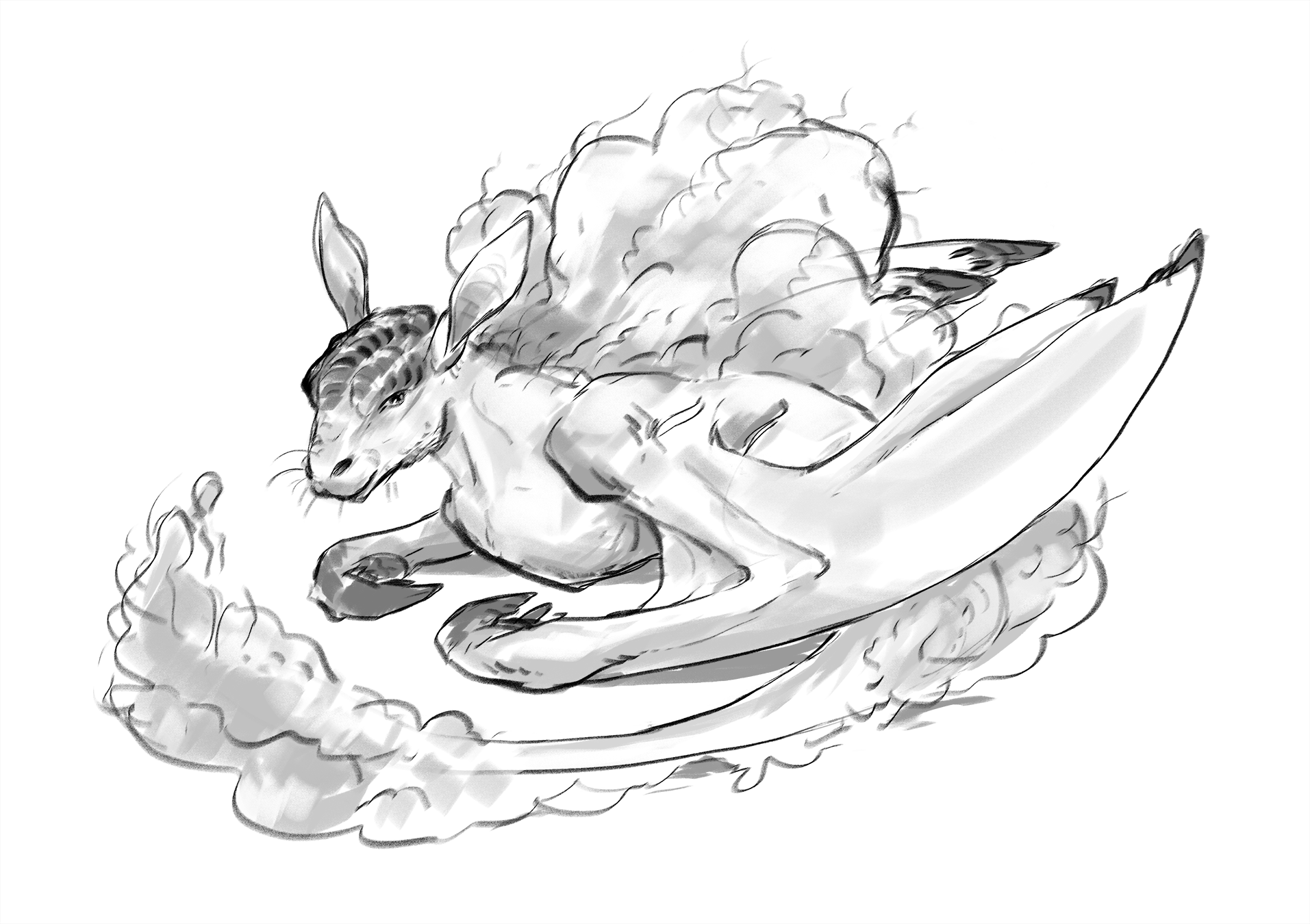
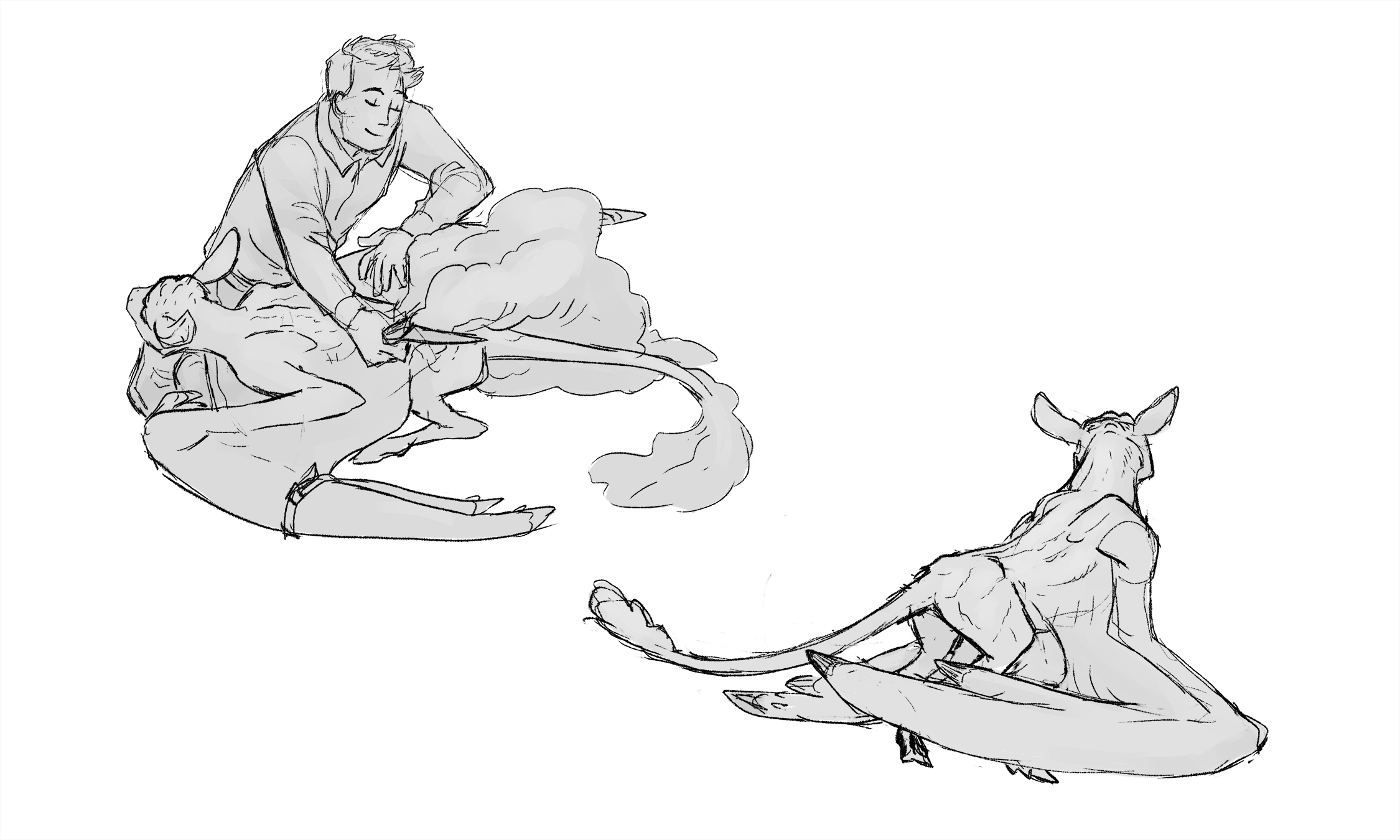

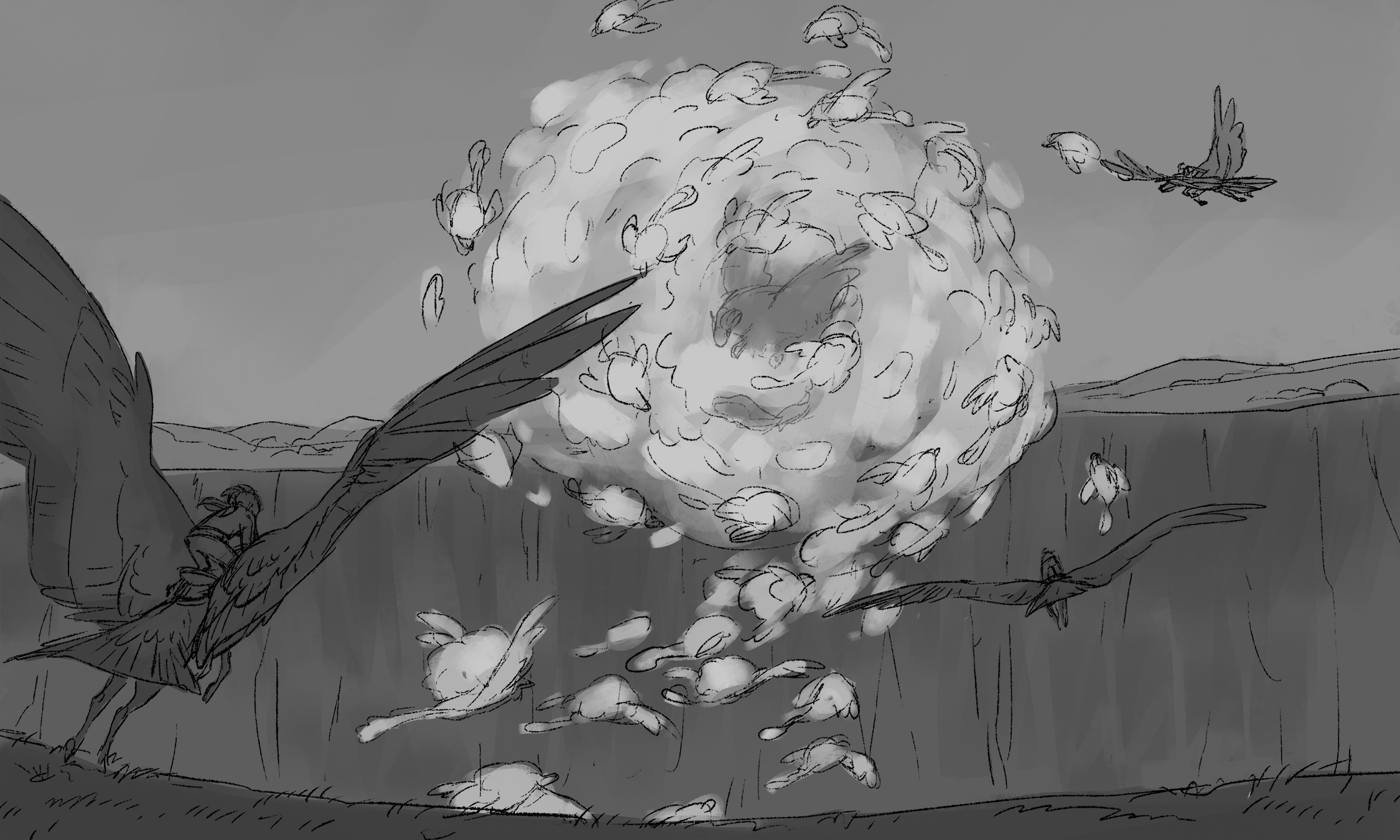
Lightning fish are feared and revered
Lightning fish are named for their brilliant silver-sided scales and their penchant for diving from above to ambush prey. Pegasi is their primary prey no matter if there’s a pilot or not. Adults can reach lengths of 400 feet, yet there are still pilots crazy enough to hunt them. Their scales, sail leather, bones, and meat are all valuable resources and are used for everything from daggers to roof tiles to sewing needles.
